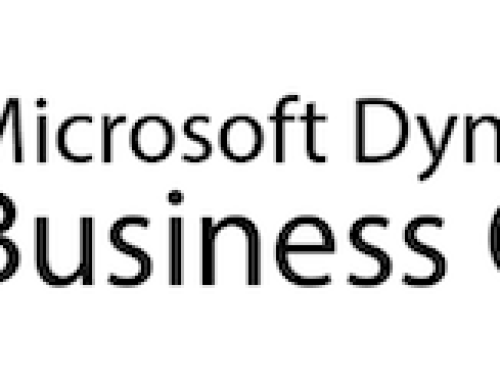SalesPad Quick Reports is a powerful tool that our customers love. In this video, you will get an overview of how to use and customize SalesPad (for Microsoft Dynamics GP) Quick Reports using the SalesPad Quick Reports Editor. We will show how to set up a new Quick Report and edit things such as the header, columns, queries and more.
Transcription
Hello. This is Ryan from CAL Business Solutions. Today I’m going to be giving an overview of SalesPad Quick Reports Editor.
To begin with, we would go up to the reporting tab and click on Quick Reports. From there, we’ll go ahead and click on new, which will start us off with a new Quick Report. This one, we’re going to call test two. That opens up our SalesPad Quick Report Editor. And the main thing to notice about this is that it is broken out into three different sections. Up here on the top left is where our data will show as a preview for our Quick Report. Over here on the top right is where the Quick Report file is created for us. And down here at the bottom is where we put in all of our different inputs to create our Quick Report as we want it.
The first one is our Quick Report header information. It includes things such as autorun, which will make the quick report run automatically. Otherwise, the user would have to hit the refresh button. All that is depending on the size of the Quick Report and how much data it’s pulling back and if we want the user to have to put in their search criteria before they get the information back.
Other ones are to hide undeclared columns or if we want auto links, such as if we have a customer number for it to link and open up the customer card when we click on it.
Our next tab here is a query. They do have a query builder which can be useful, but we’re just going to go ahead with a simple SQL query to select * from our SalesPad view for customer. And down here is this checkbox to add where. This is needed for our search fields to function correctly. We would not use that if we had a where clause inside of here and we could add on to it, but that can be a little tricky.
Our next tab is our columns. To add our columns, we’ll go ahead and hit add. And the dropdown shows all the different columns that pull back from our query. So we’ll go ahead and click on customer number and customer name.
Now, let’s just say we didn’t really want to take up as much space in our header and we want, instead of calling it customer number or customer name, we can just call it “cus name”. So this caption is what shows on the screen in that way. We can call them different things. Customer num.
Visible is whether it’s going to display on-screen or not, by default.
Sort is which order they are going be in. So let’s sort based on our customer number in ascending order.
Display format is used to format text. So, for example, if we had a bunch of numbers but we wanted them to show with a dollar sign, we would put that into our display formatting.
Grouping is not going to work in this case because we only have one customer number per customer.
There’s a couple of other columns that we can use to customize the report.
Next is our search field. So what we would do is we’ll add one and we’re going to give it a name. Let’s call it “customer name”. And we’re going to tell it which column to look at. We’re going to look at the customer name. The type, we’re going to say it’s a text, someone can type into it. And the operator is “like”. No default value and it doesn’t use SQL. Let’s go ahead and verify that this is working.
So, right now we have our autorun on. So now let’s go ahead and enter a customer name. And look at that. Our good old friend Aaron pops right up.
Updates can be used to update tables in the database, however, scripting for this should be used with extreme caution.
Scripting, or C# scripts, that can be set to run for when the quick report runs or we can create context menus for our right-click.
Comparisons can be used to check and compare two different values in different columns.
Thank you for watching this overview of SalesPad Quick Reports.
For more SalesPad for Microsoft Dynamics GP tips click here.
By Ryan Dyer, Support/Implementation Specialist, CAL Business Solutions, www.calszone.com
















